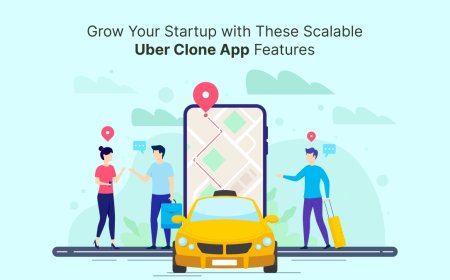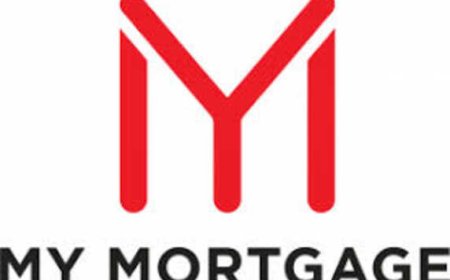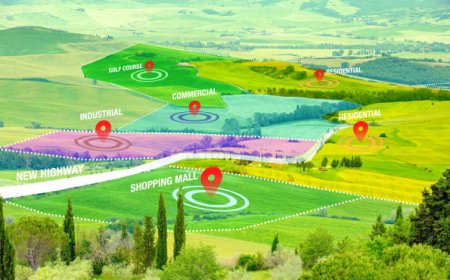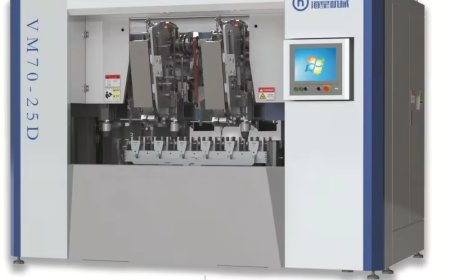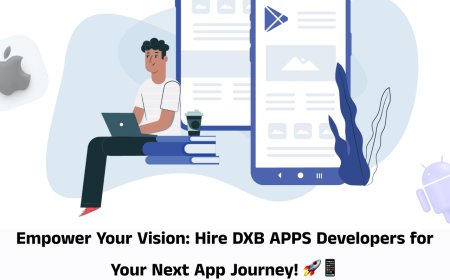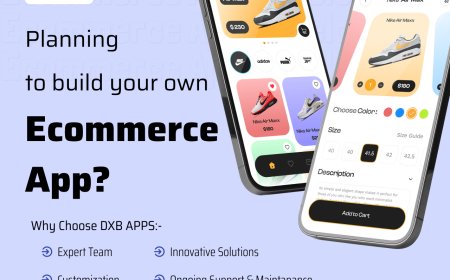SaaS in the Age of Agentic Automation: What’s Next?
Explore how Agentic Automation in SaaS is redefining the future. Learn key trends, use cases, and how it impacts Micro SaaS Ideas in 2025.

As technology evolves, the future of SaaS is being redefined by Agentic Automation in SaaSa shift toward software that can not only automate but also make autonomous decisions. For founders exploring Micro SaaS Ideas, this trend opens exciting new directions in how products are designed, deployed, and scaled.
The rise of Autonomous Software is changing what users expect from digital tools. Instead of rule-based automation, users now demand systems that adapt, learn, and act independently within predefined boundaries. This new era is driving the next phase of SaaS Automation Trends.
What is Agentic Automation in SaaS?
Agentic Automation refers to software that operates with a degree of decision-making autonomy. These systems dont just execute programmed tasksthey understand goals, make decisions, and optimize outcomes over time. In the SaaS landscape, this means applications that go beyond automation scripts and become intelligent agents.
Core capabilities include:
-
Context-aware task execution
-
Goal-oriented workflows
-
Self-adjusting algorithms
-
User behavior adaptation
This evolution is a significant leap from traditional automation and is rapidly being integrated into both large platforms and smaller Micro SaaS Ideas.
How Agentic Automation is Changing SaaS
The implementation of Agentic Automation in SaaS is transforming how software behaves in everyday business operations. From marketing tools to project management apps, heres how SaaS is evolving:
1. Smart Decision Engines
Instead of waiting for human input, systems can now suggest next steps, auto-assign tasks, or re-prioritize workflows. This enables faster decision-making and fewer operational delays.
2. Adaptive Interfaces
Interfaces adapt based on user interaction, preferences, and role, offering personalized UX and reducing friction across the user journey.
3. Real-Time Optimization
AI agents analyze performance metrics in real time and automatically tweak strategiesfor example, adjusting ad spend or reallocating cloud resourceswithout manual intervention.
Key SaaS Automation Trends in 2025
Looking ahead, here are the most notable SaaS Automation Trends driven by agentic technology:
-
Proactive task management using AI co-pilots
-
Self-healing systems that identify and resolve performance issues
-
Hyper-personalized onboarding with behavior-driven logic
-
Cross-platform agent collaboration via APIs and integrations
These innovations are already shaping how founders build scalable SaaS productsand offering endless Micro SaaS Ideas in emerging niches.
Challenges and Considerations
Despite the promise of Agentic Automation in SaaS, there are challenges to address:
-
Trust and transparency: Users must understand why autonomous systems take certain actions.
-
Ethical boundaries: Clear limits must be set for AI decision-making to avoid risk.
-
Security and compliance: Agentic systems must be built with strict access control and auditability.
Working with a reliable provider of saas Development services ensures your agentic systems are secure, scalable, and user-friendly.
Micro SaaS and Agentic Automation: A Perfect Fit?
The beauty of agentic automation is that its modular and lightweight, making it a perfect addition to small, targeted apps. Founders can build Micro SaaS Ideas that offer high-impact features with minimal user input:
-
AI-led content briefs for niche blogs
-
Self-optimizing landing page builders
-
Automated finance trackers for freelancers
-
Smart recruitment screeners for startups
The ability to launch these solutions quickly and iterate based on user feedback is a major advantage in the 2025 SaaS landscape.
Final Thoughts: What's Next for Agentic Automation in SaaS?
The future of Agentic Automation in SaaS is not just about doing moreits about doing smarter. As users increasingly expect software that adapts and acts, SaaS businesses must rethink how products are designed and delivered.
In conclusion, this is the time for bold Micro SaaS Ideas that leverage the power of autonomous functionality without overcomplicating user experience. Whether youre building a lightweight plugin or a full app, understanding and integrating Agentic Automation in SaaS will set your product apart. And by partnering with the right saas Development services, you can ensure your solution is future-ready, secure, and scalable from day one.

